Mice and Rats
Over 45 Years of Experience | Locally and Family Owned | Ohio State Lic. 965
Over 45 Years of ExperienceLocally and Family OwnedOhio State Lic. 965
Serious Solutions for Serious Problems
All it takes is one time when you flick on a light in your kitchen and see a rat or a mouse. After that, you'll have a hard time sleeping at night. However, if you contact Ernie's Pest Control
for our 24-hour emergency service, you'll be able to sleep a little easier. It starts with a free estimate and it ends with your complete satisfaction and a more restful sleep!
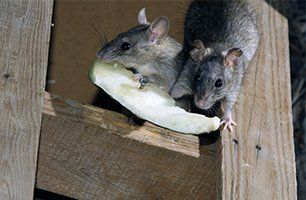
Preventative Measures Against Rodents
- Do not leave piles of clothing, papers, or other things lying around
- Regularly clean your home or business
- When cleaning, check under carpet edges and baseboards
- Do not have dirty dishes piled up and sitting for long periods of time
- Especially in hot weather, put food scraps in plastic before disposing them
- Schedule regular pest control maintenance
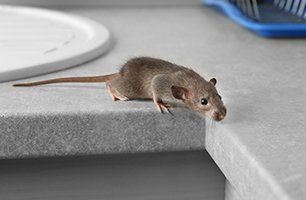
Facts About Mice
Characteristics
- A house mouse is small, pear shaped, slender, and weighs 5/8 to one ounce
- Their tail is three to four inches long, semi-naked, and longer than the head and body
- A house mouse body is usually two to three and a half inches long
- Their coloring is light brown to light gray, and their underside a light cream color
- Their ears are large, and they hear both sonic and ultrasonic ranges
- They have small and protruding eyes
- They are color blind and can only recognize objects up to 10 feet away
- A mouse travels 12 feet per second and can survive an eight-foot fall
- Droppings are rod shaped and about 1/4-inch long
- One mouse will average 40 to 50 droppings per day
- A mouse can squeeze through a hole 1/4-inch wide
- They are excellent climbers and can swim
Habitat
- Mice invade a home or building seeking food, water, and warmth
- A house mouse nests and burrows within structures
- They keep nest generally 10 to 30 feet from food sources
- Mice can be in plowed fields, at or below ground level, and on top floors of skyscrapers
- Mice have a strong social hierarchy
Diet
- Mice are nocturnal, most feeding takes place a half hour after sunset and a half hour before sunrise
- They feed 15 to 20 times per day
- They are omnivores but prefer seeds, cereal grains, fruits, vegetables, and meats
- Mice visit 20 to 30 eating sites, getting small amounts at each site
- Daily consumption is 1/10 ounce of food
- Water is not essential for survival if their food is at least 16% moisture
- Each mouse can contaminate 10 times more food than it contains
- They are carriers of many serious diseases
Reproduction
- Mice can breed by two months of age with litters every 40 to 50 days
- Typical litters are four to seven young
- Mice live up to one year
- Female mice reproduce up to eight times in their lifetime
- A single family may produce up to 56 offspring annually
- After giving birth, females can go into heat and become pregnant in 24 to 48 hours
- They can produce all year in stable conditions
- In less favorable conditions, breeding is limited to spring and autumn
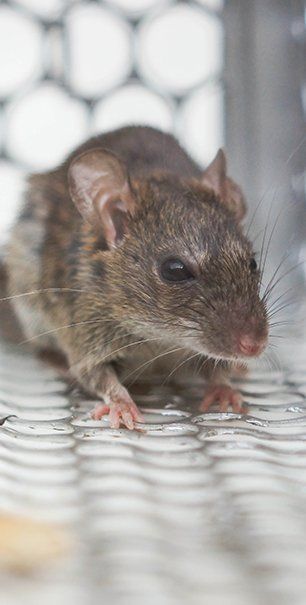
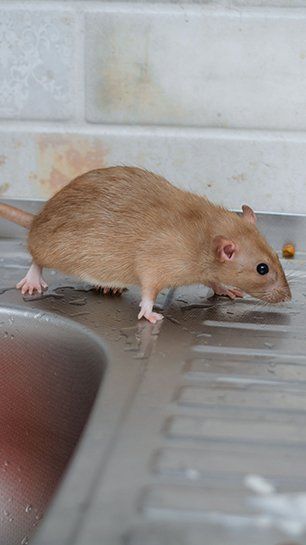
Facts About Rats
- Rats are instinctively wary of traps and bait
- Rats colonize and nest in basements and attics
- They burrow under porches and concrete, in wall voids, and other tricky places
- Rats carry and transmit many serious diseases, lice, fleas, and ticks
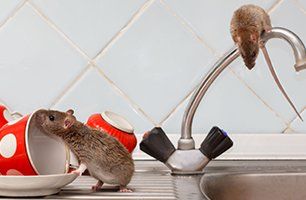
Call 419-698-1015 now for a
FREE price quote.
24-Hour
Emergency Service
